Can I cover a regular chimney style hood with wood?
DomerJen
11 years ago
Related Stories

LIFEThe Polite House: How Can I Kindly Get Party Guests to Use Coasters?
Here’s how to handle the age-old entertaining conundrum to protect your furniture — and friendships
Full Story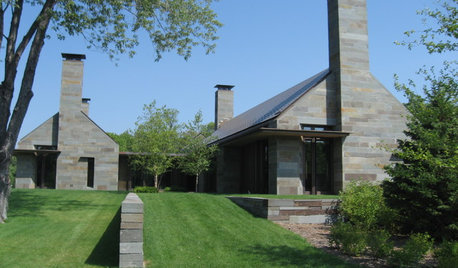
REMODELING GUIDESUnique Chimneys, Outside and Inside
Chimney placement, style and materials can make a big impact on a home's design
Full Story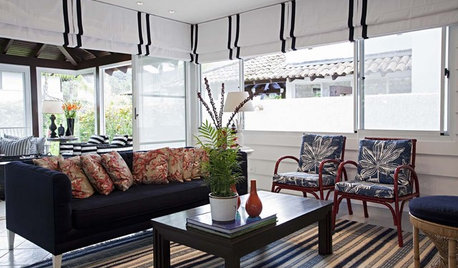
WINDOW TREATMENTS7 Window Treatments That Can Lower Your Energy Bills
Beautify your windows, keep your home cool and reduce energy use all at once with the right covering
Full Story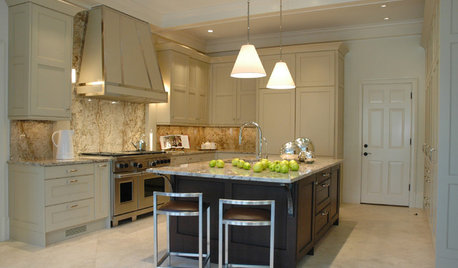
KITCHEN DESIGN8 Industrial-Luxe Kitchen Hood Styles
Make a Statement with Show-Stopping Metal Range Hoods
Full Story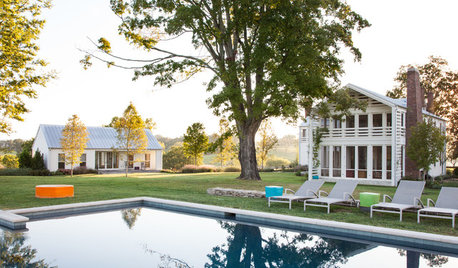
HOUZZ TOURSWe Can Dream: An Expansive Tennessee Farmhouse on 750 Acres
Wood painstakingly reclaimed from old barns helps an 1800s farmhouse retain its history
Full Story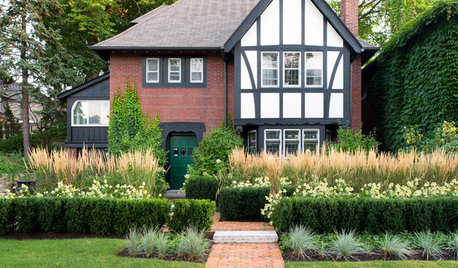
LANDSCAPE DESIGNHow Low Can Hedges Go? Discover Unusual Garden Borders
Short enough to step over, high enough to be a stretch ... check out these radically different hedge styles and tell us your opinion
Full Story
KITCHEN DESIGNTrending Now: 25 Kitchen Photos Houzzers Can’t Get Enough Of
Use the kitchens that have been added to the most ideabooks in the last few months to inspire your dream project
Full Story
TILETop Tile Trends From the Coverings 2013 Show — the Wood Look
Get the beauty of wood while waving off potential splinters, rotting and long searches, thanks to eye-fooling ceramic and porcelain tiles
Full Story
LIFEHow Your Landscaping Can Keep Burglars Away
Prevent home break-ins with strategic landscaping and good practices instead of menacing — and maybe less effective — measures
Full Story
KITCHEN APPLIANCESThe Many Ways to Get Creative With Kitchen Hoods
Distinctive hood designs — in reclaimed barn wood, zinc, copper and more — are transforming the look of kitchens
Full StoryMore Discussions






jwvideo
jwvideo
Related Professionals
El Sobrante Kitchen & Bathroom Designers · Euclid Kitchen & Bathroom Designers · Four Corners Kitchen & Bathroom Designers · New Castle Kitchen & Bathroom Designers · North Versailles Kitchen & Bathroom Designers · Philadelphia Kitchen & Bathroom Designers · Ridgewood Kitchen & Bathroom Designers · Winton Kitchen & Bathroom Designers · Reedley Kitchen & Bathroom Designers · Apex Kitchen & Bathroom Remodelers · Emeryville Kitchen & Bathroom Remodelers · Port Arthur Kitchen & Bathroom Remodelers · Schiller Park Kitchen & Bathroom Remodelers · South Park Township Kitchen & Bathroom Remodelers · Parsippany Cabinets & Cabinetrywritersblock (9b/10a)
writersblock (9b/10a)
GreenDesigns